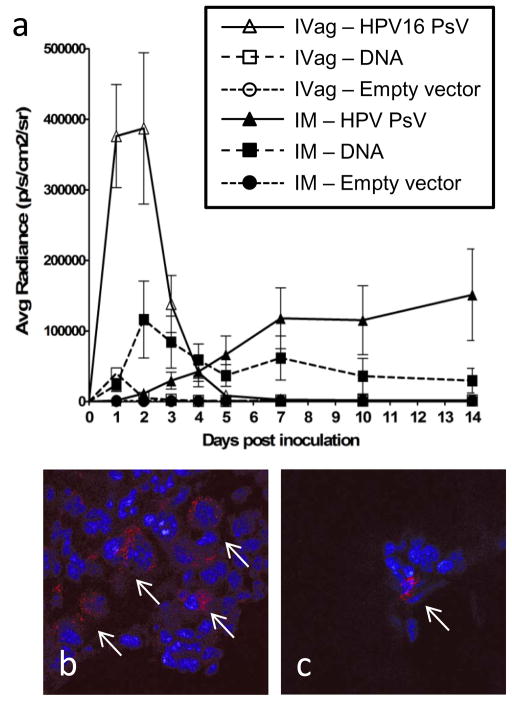Figure 9. Temporal expression of HPV-PsV-delivered antigen.
Mice were inoculated IVag (□, △) or IM (■, ▲) with either pClucF (firefly luciferase) plasmid DNA (■, □) or HPV16 pseudovirions-encapsidated pClucF (△, ▲). Negative control mice received a 1:1 combination of naked and PsV-encapsidated plasmid expressing red fluorescent protein (RFP) IVag,○ IM, ●). Luciferin substrate (15 mg/ml) was administered IVag (20 μl) or IM (50 μl) and after three minutes mice were imaged for bioluminescence in an IVIS 100 for 60s with medium binning. The data was quantified as the average radiance within a standardized region of interest using Living Image software. Data represent 5 mice per group and are representative of two independent experiments (a). In parallel experiments, mice were inoculated with an RFP-expressing plasmid or HPV PsV encapsidating the same plasmids. After two days genital tracts were removed and sectioned transversely to define the location of RFP expression. Delivery by HPV16 PsV encapsidation resulted in a higher frequency of transduction with RFP-expression detected in every tissue section examined (between 50–150 infectious events per section) (b), while cells transduced by delivery of naked DNA plasmid were rare; only two infected cells in all sections from the 4 mice examined (c).

